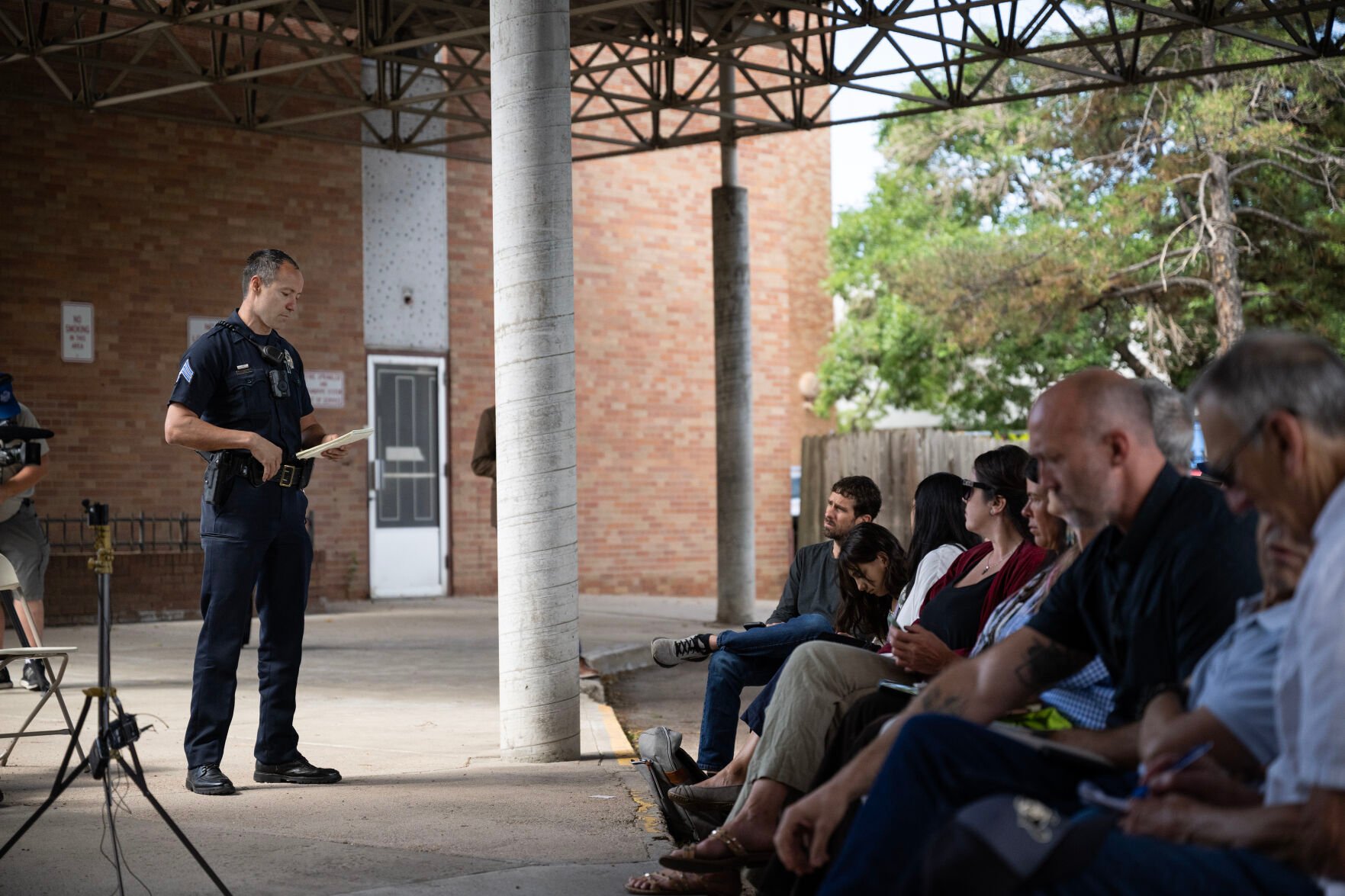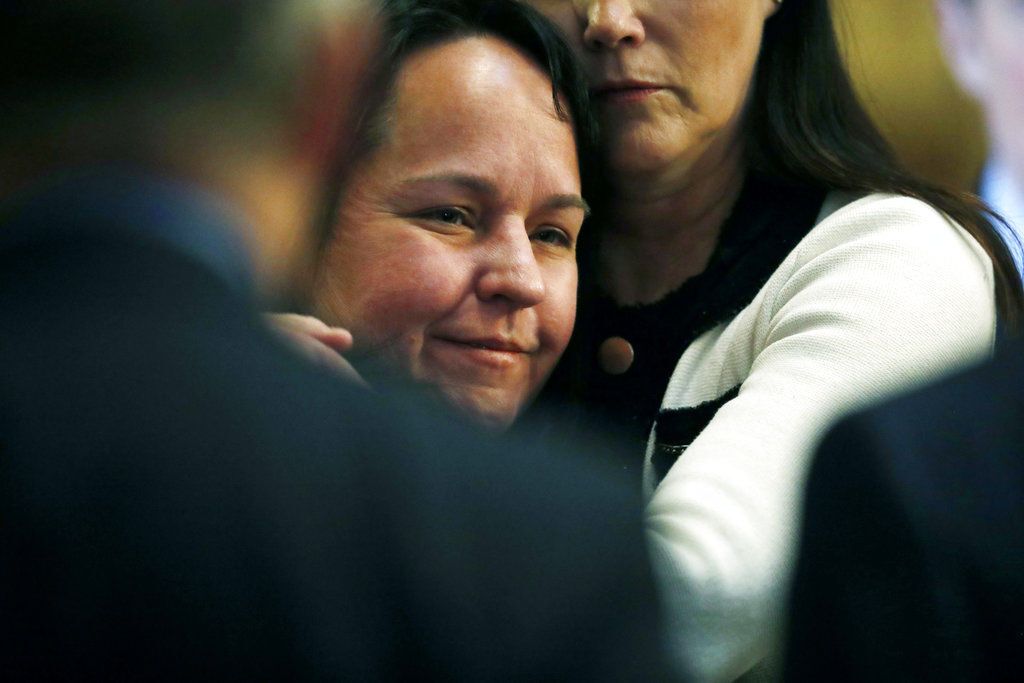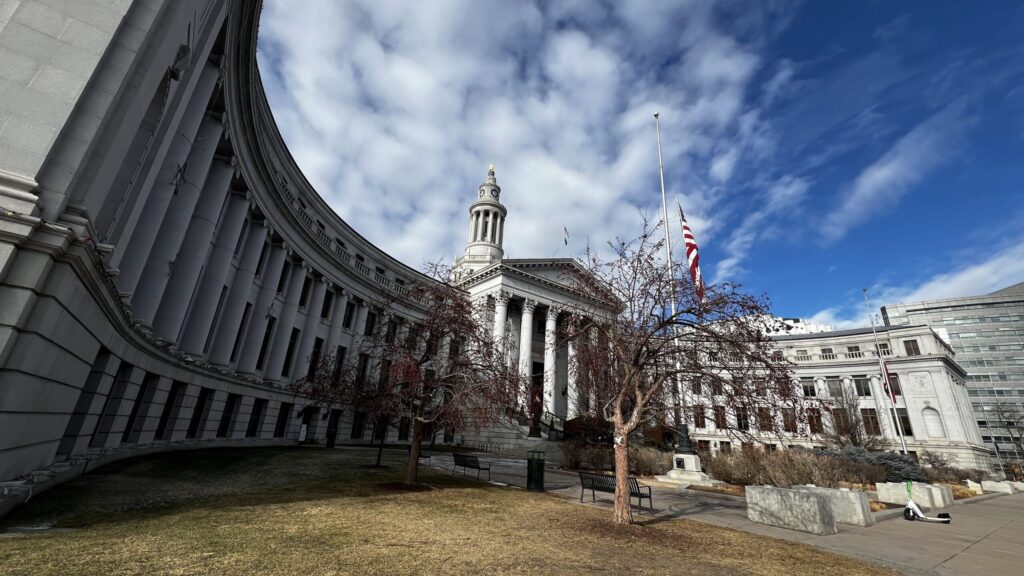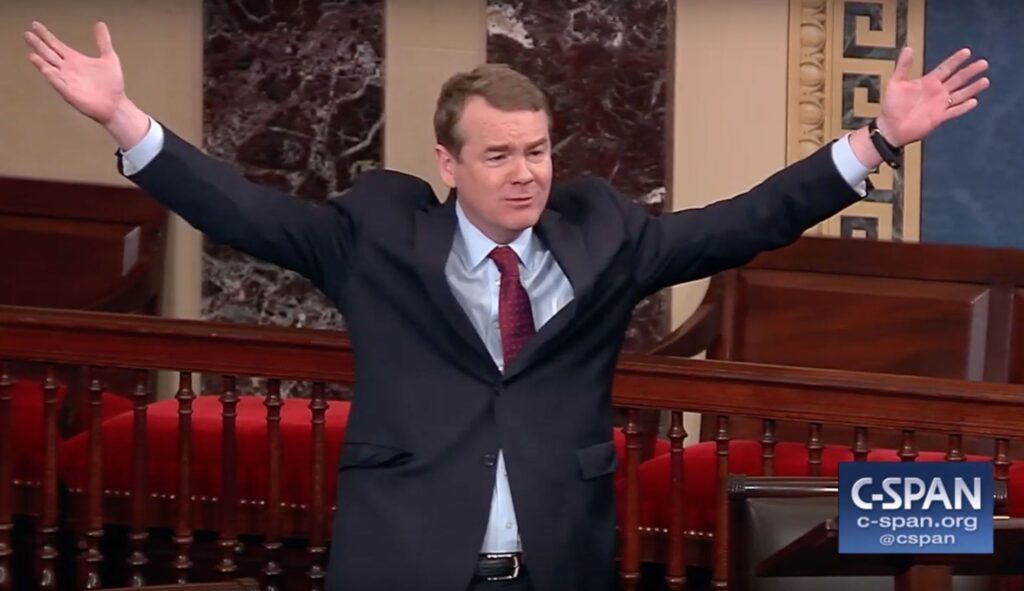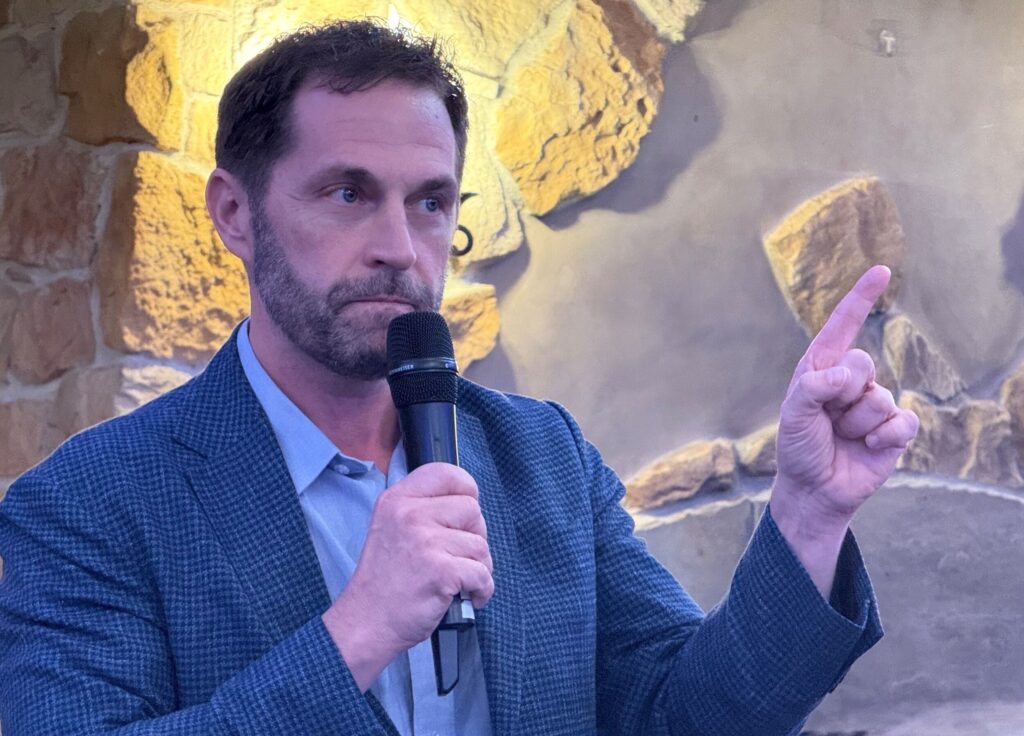Denver extends anew Johnston’s emergency declaration on homelessness

The Denver City Council on Monday voted to extend the emergency declaration that Mayor Mike Johnston issued at the beginning of his term to confront homelessness.
Councilmembers extended the emergency declaration to Sept. 18, the second time the council has done so in a month.
“This is an emergency we have to deal with,” Cole Chandler, the mayor’s senior advisor on homelessness, told councilmembers.
Chandler said the declaration is warranted. Some 600 people lived in encampments in 2019. That number today is 1,400, he noted.
Jamie Torres, the council’s president, said his colleagues should “not look at this as business as usual.”
The sole dissent came from Councilmember Amanda Sawyer.
“I am still unconvinced that the emergency declaration is the right way to go,” Sawyer said.
Sawyer added she is particularly worried about the transparency of information regarding financial implications.
“We have been provided very little information on the financial process,” Sawyer said.
Back in July, Sawyer lobbied unsuccessfully to postpone for a few days the first vote to extend the declaration, saying the mayor’s office had, at the time, yet to provide answers to critical questions about the declaration’s ramifications.
Denver mayor creates 10-person team on homelessness, announces town hall
Johnston first issued the emergency declaration on July 18, his first full day in office. During the campaign, he vowed to end homelessness by the end of his first term and, once in office, he promised to house at least 1,000 people by year’s end.
Developers await details of Mike Johnston’s homelessness plan following emergency declaration
The seven-county metro Denver region saw a 32% jump in homelessness this year, based on the Metro Denver Homeless Initiative count. Point-in-time counts are estimates taken on a single night and are understood as undercounting the true scale of homelessness in a community.
As of Jan. 30, the region had 9,065 homeless people, compared to 6,884 the year before. The time-in-point count is an annual, unduplicated survey of people who are literal homeless on a single night in January of each year.
Between 2022 and 2023, the number of “unsheltered” people – those who specifically sleep in public places, such as on the street, in tents or in cars – grew by 33%, from 2,078 to 2,763.
Some counties recorded a bigger jump than others. Adams’ homeless count rose by 105%, from 462 to 948, while Arapahoe saw a big decline, from 514 to 442.
Boulder saw an 84% jump, while Denver recorded a 21% jump.
In raw count, Denver had the biggest increase with 5,818 homeless people, up from 4,794 last year.
The city has poured significant resources into reducing homelessness, spending $152 million in 2022 and authorizing $254 million to address the problem in 2023. When then-Mayor Michael Hancock took office a dozen years ago, that spending stood at $8 million.
Denver metro homelessness up 32% in 2023

